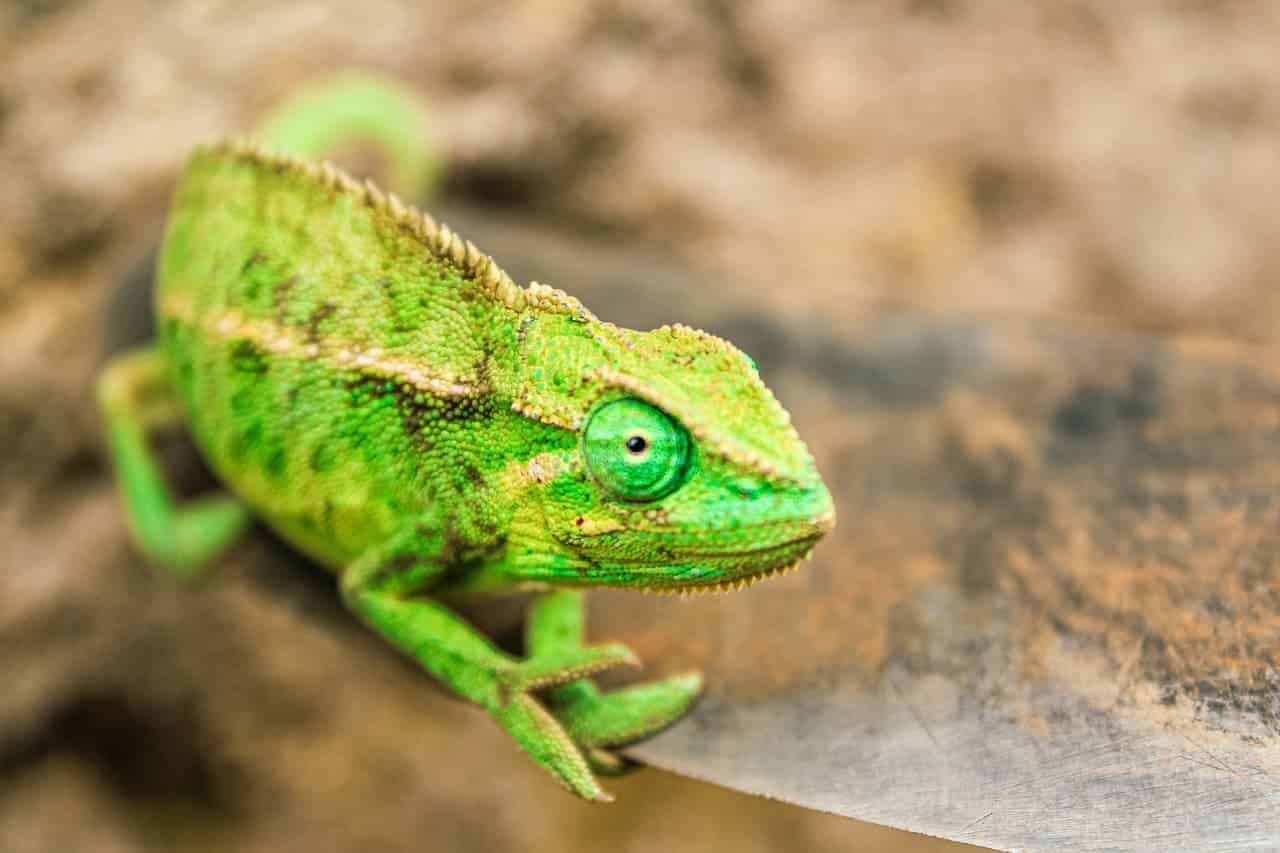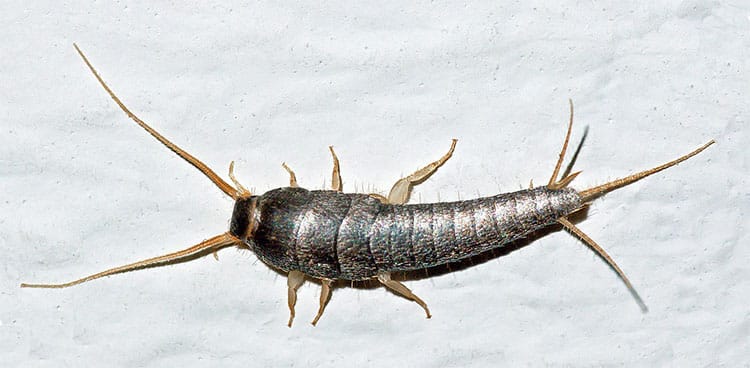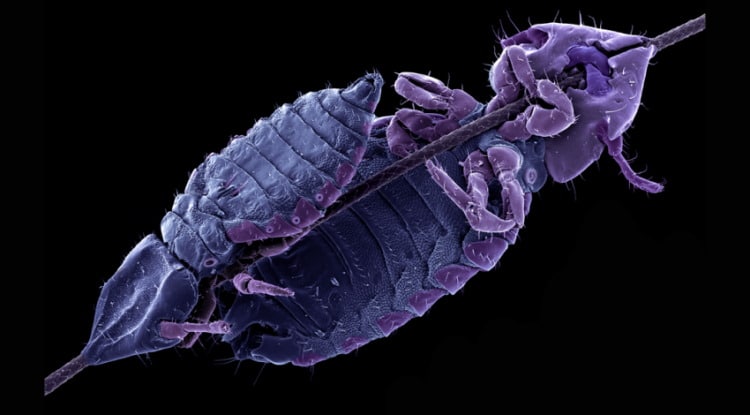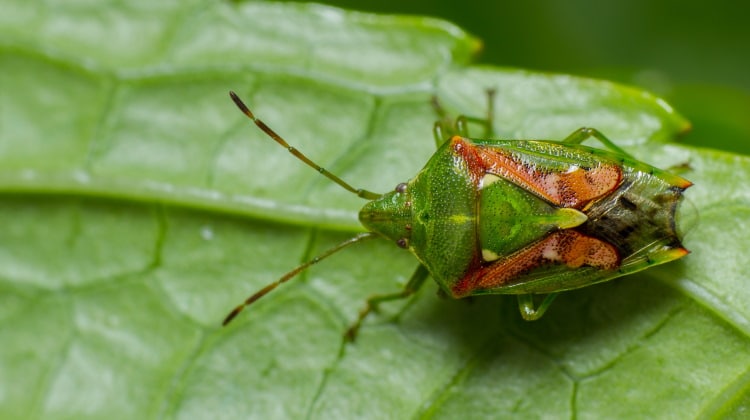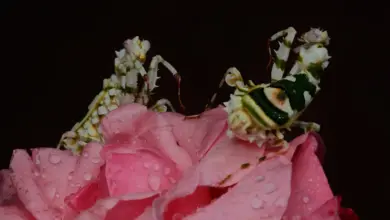What Do Cricket Eggs Look Like?
[modified-date]
[social-share]
Although crickets are around for a relatively short period in the year, this doesn’t stop them when it comes to mating.

During summer months, male crickets noisily call out to females. He’s hoping to mate and pass on his genes.
It’s the females that have the hard job.
They are the ones responsible for the eggs. The next generation.
But how can you tell the difference between a cricket egg and the eggs of other insects? And what do cricket eggs look like?
Read on to find out.
Do Crickets Lay Eggs?
Yes, all crickets lay eggs.
Most are tiny, oval-shaped eggs.
However, the more intricate details of when, where and how many depend on the species.
Across the globe, there are some 2,00 species of cricket, ranging from the miniscule ant-loving cricket, to the monstrous giant weta of New Zealand.
With such diversity, comes an array of different egg-laying methods.
House Cricket Eggs
Let’s first explore house crickets.
House crickets are one of the most populous cricket species. They are native to Southwest Asia, but have since spread to many parts of the world. This is due to the demand for the exotic pet trade.
They are readily found in Eastern U.S.
Despite the name, house crickets prefer to lay eggs outside. A female will typically lay eggs in a damp substrate, such as soil or plant stems. Females can lay thousands of eggs in her lifetime.
That is until winter hits.
Under environmental stress, house crickets will not hesitate to seek warmth from within your home. Female crickets will lay eggs within damp areas of your home. She will, however, lay considerably fewer than in an outdoor environment.
Internal egg-laying hotspots for crickets include cracks within walls, sink cupboards and furniture. Essentially, a house cricket will lay eggs anywhere with enough dampness and humidity.
The eggs of a house cricket are small – no more than 2-3mm long. They are a white/yellowish in color and resemble a grain of rice.
Other Types of Cricket Eggs
Not all cricket eggs look the same.
Camel crickets, for example, have translucent eggs. Overtime, the eggs harden and become opaque.
The eggs of mole crickets are also translucent. So much so, you can see the eyes of the developing nymph from within the light brown, bean-like shaped egg.
Mole cricket eggs are a similar size to house cricket eggs, about 3mm, but they can increase to approximately 4 mm when saturated with water.
They eggs are laid in a premade chamber within the soil, typically at a depth of around 10 inches.
Hatching Cricket Eggs
Most species of cricket eggs are hardy. They have a tough outer exterior, which protects the developing embryo from general wear and tear.
If environmental conditions are just right, cricket eggs will hatch after around two weeks.
For eggs to hatch, the external temperature should be around 80°F and 80% humidity.
Emerging nymphs are near identical to an adult cricket. They do, however, lack wings and are much smaller; about the size of the egg they hatched from.
Emerging nymphs break away from their egg casings and dig out of whatever substrate the female laid her eggs in.
You can watch the frantic emergence of cricket nymphs by clicking the link below:
How Many Eggs Do Crickets Lay
With the sheer diversity of cricket species, and the fecundity of females, it is hard to quantify exactly how many eggs a cricket lays.
Let’s start with house crickets.
On average, a female can lay between 50 – 100 eggs every couple of days. A female will continuously lay eggs throughout the season, which normally lasts 2 – 3 months. However, she will need to mate multiple times to replenish sperm stores.
In her lifetime, a female cricket can lay thousands of eggs.
However, there are some relatives of the cricket that do things a little differently.
Take the giant weta. This is a large cricket-like species, endemic to New Zealand. Unlike house crickets, who only have a few months to mate and deposit eggs, the giant weta takes a slower, more controlled approach.
In her lifetime, a female will lay no more than 300 cigar-shaped eggs. Eggs are laid directly into the soil and take a full 8 months before they hatch!
Certain species of mole crickets will lay clutches of between 20 – 60 eggs. Similarly to the house cricket, mole crickets will lay eggs multiple times throughout the season (May – June). Unless she gets predated, that is.
Where Do Crickets Lay Eggs?
Most cricket species chose to lay their eggs in damp, humid environments – whether this be in an outdoor setting, or within your home.
Some crickets, such as house crickets, can lay their eggs within the stems of plants. This is why they can be seen as an agricultural pest.
Other species, such as the mole crickets, take parental care ever so slightly more seriously.
Using their spade-like forelegs, females dig underground chambers. These egg chambers are small, only about 1-2 inches in diameter, but they can be as far as 12 inches into the soil. Once egg laying is complete, the female seals the chamber entrance with substate. She will never return.
If you are breeding crickets yourself, ensure the substrate is sufficiently damp, but not completely saturated with water.
Conclusion
Cricket eggs are typically white or yellowish in colouration. They are tough and can withstand general wear and tear.
Crickets can lay thousands of eggs in their lifetime, but many are only able to lay a couple of hundred due to environmental challenges.
Crickets lay their eggs in damp and humid environments.
References
- University of Florida, Featured Creatures, Revisited July 2018.
- Department of Conservation, New Zealand government

Jack is a zoologist and author from the UK. After graduating from university, he moved to Costa Rica to study sea turtle nesting behavior. He quickly fell in love with the country and soon began to work at a rescue center for native Costa Rican wildlife. He specializes in human-wildlife conflicts and how humans can sustainably coexist with nature. He has rescued and raised orphaned monkeys, sloths, and coatis.
Disclaimer
Earthlife.net does not provide medical advice. We do our best to help users understand the science behind living beings; however, the content in the articles and on the website is not intended to substitute for consultation with a qualified expert. By interacting with the website and/or our email service, you agree to our disclaimer. Remember that you must consult a specialist before using any of the products or advice on the web.
Although crickets are around for a relatively short period in the year, this doesn’t stop them when it comes to mating.

During summer months, male crickets noisily call out to females. He’s hoping to mate and pass on his genes.
It’s the females that have the hard job.
They are the ones responsible for the eggs. The next generation.
But how can you tell the difference between a cricket egg and the eggs of other insects? And what do cricket eggs look like?
Read on to find out.
Do Crickets Lay Eggs?
Yes, all crickets lay eggs.
Most are tiny, oval-shaped eggs.
However, the more intricate details of when, where and how many depend on the species.
Across the globe, there are some 2,00 species of cricket, ranging from the miniscule ant-loving cricket, to the monstrous giant weta of New Zealand.
With such diversity, comes an array of different egg-laying methods.
House Cricket Eggs
Let’s first explore house crickets.
House crickets are one of the most populous cricket species. They are native to Southwest Asia, but have since spread to many parts of the world. This is due to the demand for the exotic pet trade.
They are readily found in Eastern U.S.
Despite the name, house crickets prefer to lay eggs outside. A female will typically lay eggs in a damp substrate, such as soil or plant stems. Females can lay thousands of eggs in her lifetime.
That is until winter hits.
Under environmental stress, house crickets will not hesitate to seek warmth from within your home. Female crickets will lay eggs within damp areas of your home. She will, however, lay considerably fewer than in an outdoor environment.
Internal egg-laying hotspots for crickets include cracks within walls, sink cupboards and furniture. Essentially, a house cricket will lay eggs anywhere with enough dampness and humidity.
The eggs of a house cricket are small – no more than 2-3mm long. They are a white/yellowish in color and resemble a grain of rice.
Other Types of Cricket Eggs
Not all cricket eggs look the same.
Camel crickets, for example, have translucent eggs. Overtime, the eggs harden and become opaque.
The eggs of mole crickets are also translucent. So much so, you can see the eyes of the developing nymph from within the light brown, bean-like shaped egg.
Mole cricket eggs are a similar size to house cricket eggs, about 3mm, but they can increase to approximately 4 mm when saturated with water.
They eggs are laid in a premade chamber within the soil, typically at a depth of around 10 inches.
Hatching Cricket Eggs
Most species of cricket eggs are hardy. They have a tough outer exterior, which protects the developing embryo from general wear and tear.
If environmental conditions are just right, cricket eggs will hatch after around two weeks.
For eggs to hatch, the external temperature should be around 80°F and 80% humidity.
Emerging nymphs are near identical to an adult cricket. They do, however, lack wings and are much smaller; about the size of the egg they hatched from.
Emerging nymphs break away from their egg casings and dig out of whatever substrate the female laid her eggs in.
You can watch the frantic emergence of cricket nymphs by clicking the link below:
How Many Eggs Do Crickets Lay
With the sheer diversity of cricket species, and the fecundity of females, it is hard to quantify exactly how many eggs a cricket lays.
Let’s start with house crickets.
On average, a female can lay between 50 – 100 eggs every couple of days. A female will continuously lay eggs throughout the season, which normally lasts 2 – 3 months. However, she will need to mate multiple times to replenish sperm stores.
In her lifetime, a female cricket can lay thousands of eggs.
However, there are some relatives of the cricket that do things a little differently.
Take the giant weta. This is a large cricket-like species, endemic to New Zealand. Unlike house crickets, who only have a few months to mate and deposit eggs, the giant weta takes a slower, more controlled approach.
In her lifetime, a female will lay no more than 300 cigar-shaped eggs. Eggs are laid directly into the soil and take a full 8 months before they hatch!
Certain species of mole crickets will lay clutches of between 20 – 60 eggs. Similarly to the house cricket, mole crickets will lay eggs multiple times throughout the season (May – June). Unless she gets predated, that is.
Where Do Crickets Lay Eggs?
Most cricket species chose to lay their eggs in damp, humid environments – whether this be in an outdoor setting, or within your home.
Some crickets, such as house crickets, can lay their eggs within the stems of plants. This is why they can be seen as an agricultural pest.
Other species, such as the mole crickets, take parental care ever so slightly more seriously.
Using their spade-like forelegs, females dig underground chambers. These egg chambers are small, only about 1-2 inches in diameter, but they can be as far as 12 inches into the soil. Once egg laying is complete, the female seals the chamber entrance with substate. She will never return.
If you are breeding crickets yourself, ensure the substrate is sufficiently damp, but not completely saturated with water.
Conclusion
Cricket eggs are typically white or yellowish in colouration. They are tough and can withstand general wear and tear.
Crickets can lay thousands of eggs in their lifetime, but many are only able to lay a couple of hundred due to environmental challenges.
Crickets lay their eggs in damp and humid environments.
References
- University of Florida, Featured Creatures, Revisited July 2018.
- Department of Conservation, New Zealand government
Disclaimer
Earthlife.net does not provide medical advice. We do our best to help users understand the science behind living beings; however, the content in the articles and on the website is not intended to substitute for consultation with a qualified expert. By interacting with the website and/or our email service, you agree to our disclaimer. Remember that you must consult a specialist before using any of the products or advice on the web.

